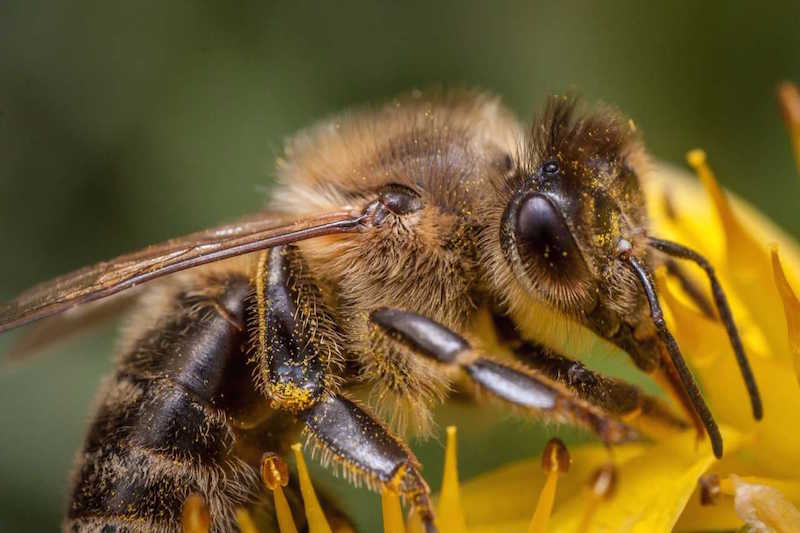Crop pollination may be helped through strawberry flowering, study finds

Honey bee populations are dwindling, it's no secret. However, bees are more attracted to pollinating strawberry fields than scientists had expected - according to new research out of Germany - bringing potentially critical news for ecosystems that are struggling with pollination.
A research team from Gotinga, Sussex and Wurzburgo looked at the behavior of wild bees and honey bees to see how flower distribution across fields impacted bees' foraging decisions. To do so, they placed observation hives across strawberry fields in Germany to see how the eleven fields of blooming fruit differed in how bees treated them.
The fields that the team was interested in included fields with a mixture of strawberry blossoms, oilseed rape and apple trees. That way, a variety of atmospheres could be measured.
In observing how the bees reacted to changes in the spacing of flowers and their specific landscapes, scientists found that honey bees more often indicated that "minor-flowering" strawberry fields are a preferred resource for honey bees.
On the flip side, scientists said that wild bee conservation plays a major role for strawberry pollination. And, "if pollination services by solitary bees are limited, small honey bee hives can be used scrupulously to supplment pollination services in strawberries". Basically, honey bees can be used to replace wild, native bees surrounding strawberry fields in order to get results.
Findings also showed that less honey bees were found in strawberry fields when oilseed rape was in bloom, potentially pointing to the fact that it could negatively impact attraction to a field. However, the foraging activity of the bees who were in the areas with oilseed rape performed the same collection as they normally would.
To read the research, click here.









































